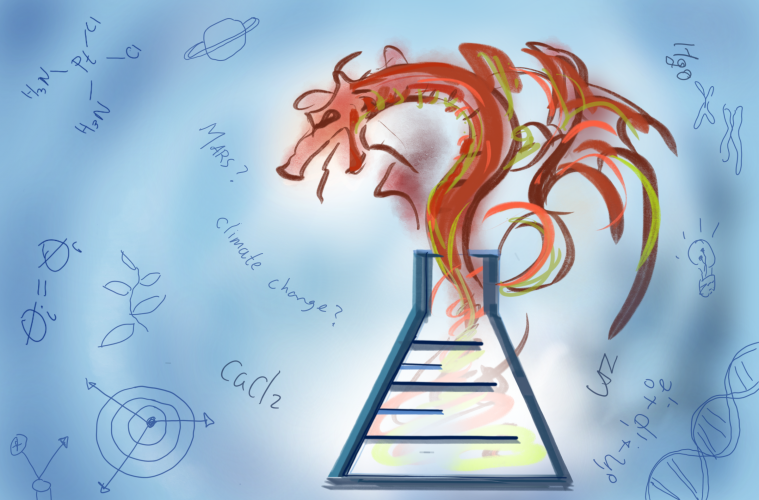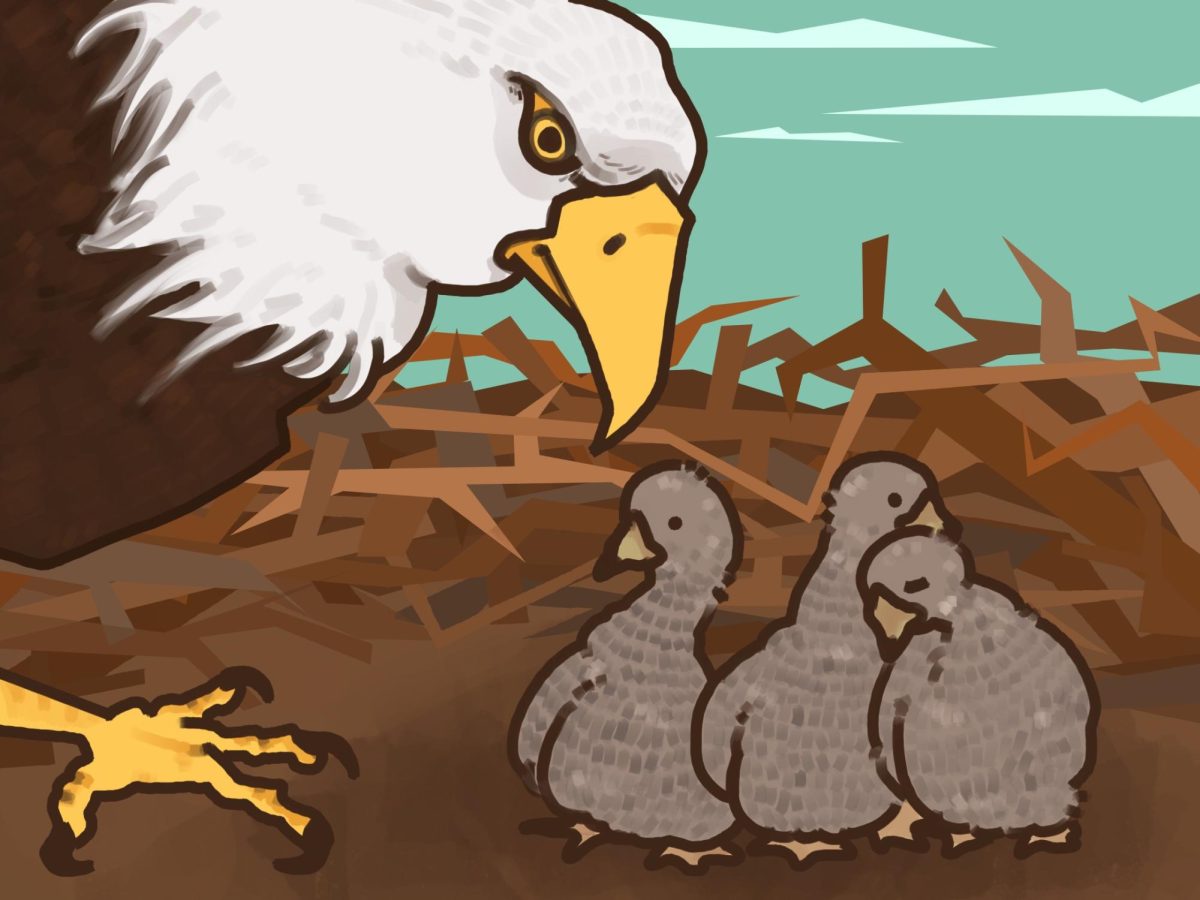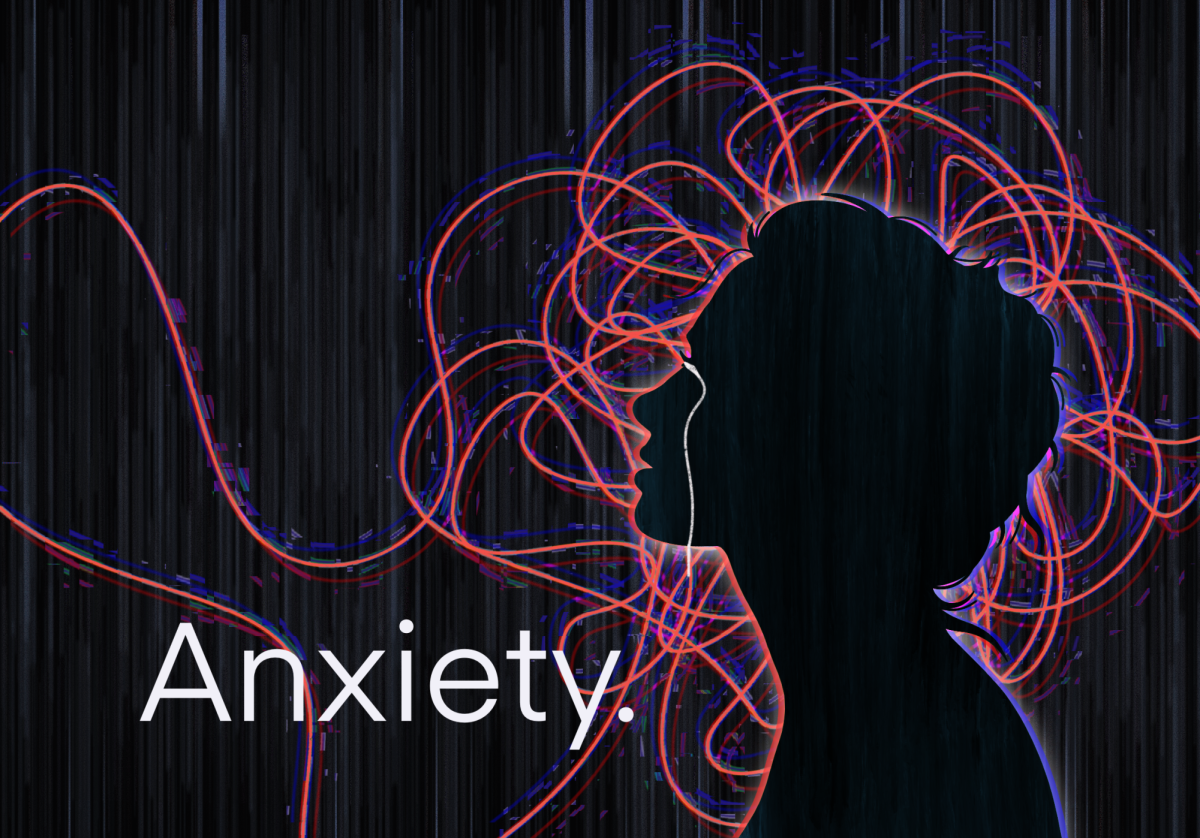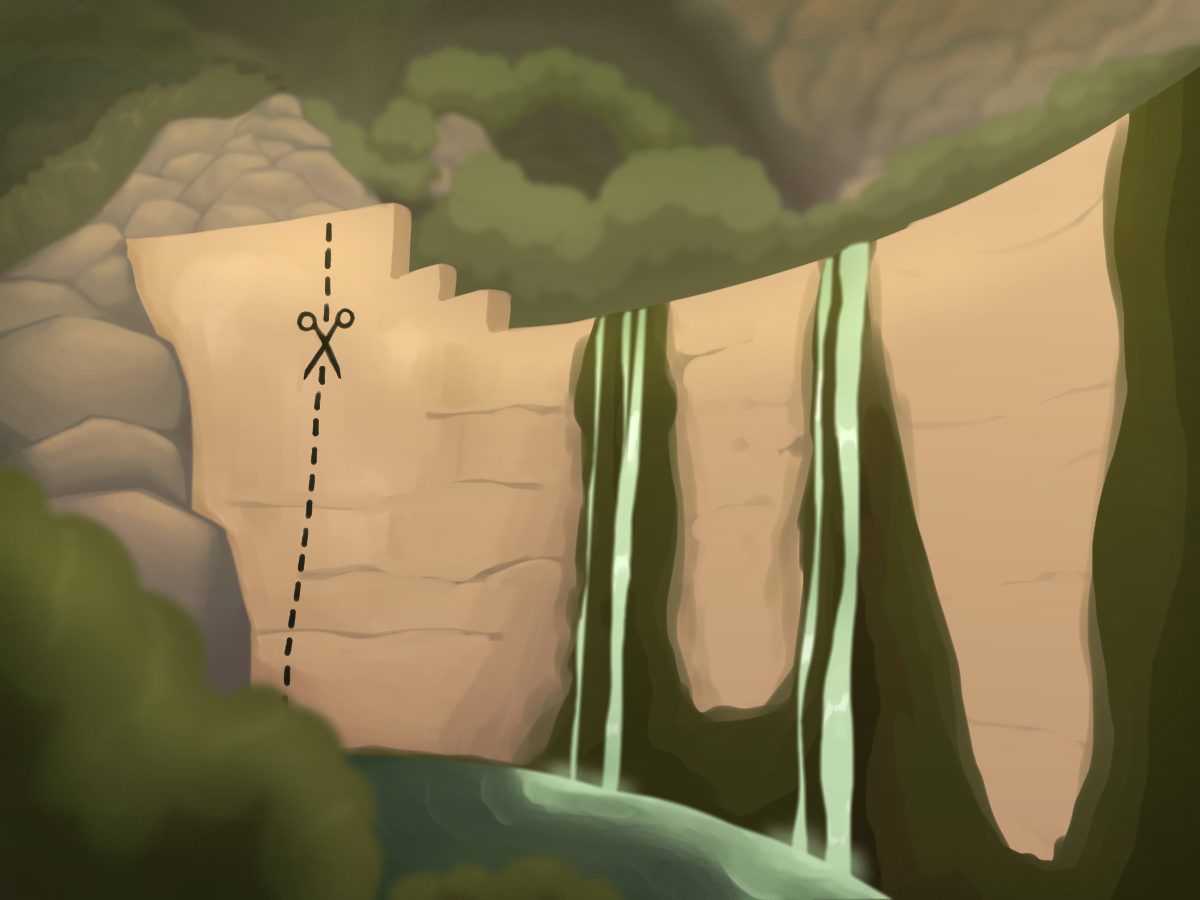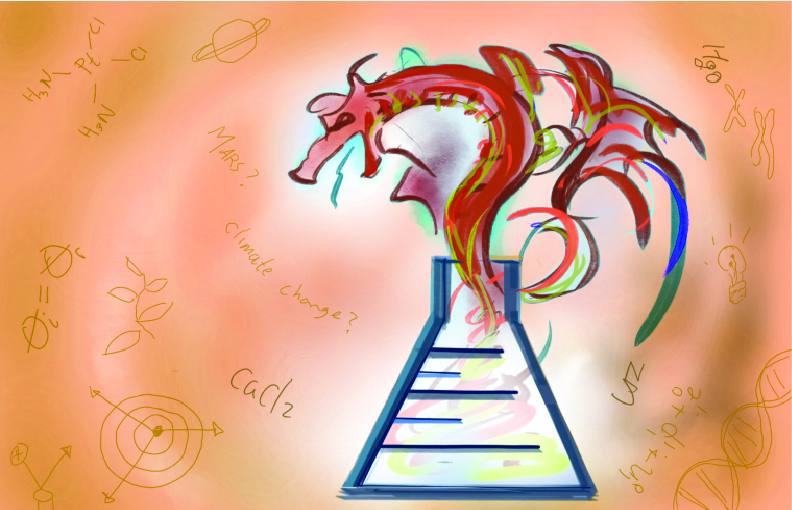The Science Hub is a bimonthly segment that will update you on the most important scientific events within the categories of astronomy, medicine, environment and miscellaneous.
[divider]Quantum computer, please[/divider]
Quantum computers are taking computer technology back to room size apparatuses. Quantum computers use two quantum mechanics principles: superpositioning and entanglement. Imagine spinning a coin. While that coin is spinning, it is not known whether it will be heads or tails. Therefore, it is in a superposition of being both heads and tails. Likewise, in quantum computers, a bit (the basic unit of data comprised of 0’s and 1’s) can take on the state of being both 0 and 1 (called qubits). Now imagine spinning two coins: the outcome of these two coins is independent. However, in the quantum realm, these possibilities can be manipulated in order to have a fixed outcome.
These principles of quantum mechanics allow for advancement in processing speeds, optimization of data that can predict outcomes in an instant or enhancement in the capabilities of artificial intelligence. Currently, tech companies such as IBM, Google and Rigetti Compu are working on a universal quantum computer that resembles room-sized computers. However, the process of making these computers still needs to improve.
[divider]UN Climate Summit agrees that we are the last generation to stop climate change[/divider]
In the recent United Nations (UN) Climate Summit meeting on Dec. 2, 2018, Sir David Attenborough warned that we are facing “Our greatest threat in thousands of years. Climate Change,” followed by a general agreement among the UN. Moves have been made to help these efforts. The European Union’s intentions to become climate neutral and create reduced prices in renewable energies are steps in the right direction. However, large reductions in our carbon emissions are needed to curve severe weather events. Hurricanes and wildfires seem to be becoming assimilated into the everyday news feed. As Venturans, we understand that these are no longer just a distant idea, but a blatant reality. We may be the last generation who has a chance to fight it, but we are also going to be the first to witness the effects it brings.
[divider]Is your Christmas Tree really green?[/divider]
As the season of Christmas approaches, the not so age old question renews. What’s more ecologically friendly: a real tree or an artificial tree?
An artificial tree rescinds the need to constantly buy a new tree every year. It lasts on average from six to ten years and then for the next thousand in a landfill. However, by reusing an artificial tree, it eliminates the carbon added into the atmosphere by driving to and from the tree lot for a real tree.
A real tree, on the other hand, helps to reduce the carbon dioxide in the environment through photosynthesis. However, tree farms require large amounts of pesticide, herbicide and fungicide, which negatively impact the environment.
So which is the better choice? Estimated conservatively, it takes around nine years for an artificial tree to be more ecologically friendly than a real tree.
[divider]Scientist claims to have made first genetically edited babies, sparking controversy[/divider]
Chinese scientist He Jiankui claimed that he used CRISPR-Cas9 to genetically modify embryos to be resistant to human immunodeficiency virus (HIV) before implanting them into the mother’s womb. Although there is no written evidence proving that the experiment was successful, this event has sparked harsh criticism from both China and the rest of the world. Ethical concerns include that he could have inadvertently (and harmfully) altered other parts of the genome that will permanently affect future generations; this editing wasn’t necessary since there are other ways to prevent HIV; genetically editing babies for any purpose, even medical-related, sets a dangerous precedent for the future as “designer babies” could be next. The scientist was questioned and condemned by several scientists on Nov. 28, 2018. He is currently missing.


